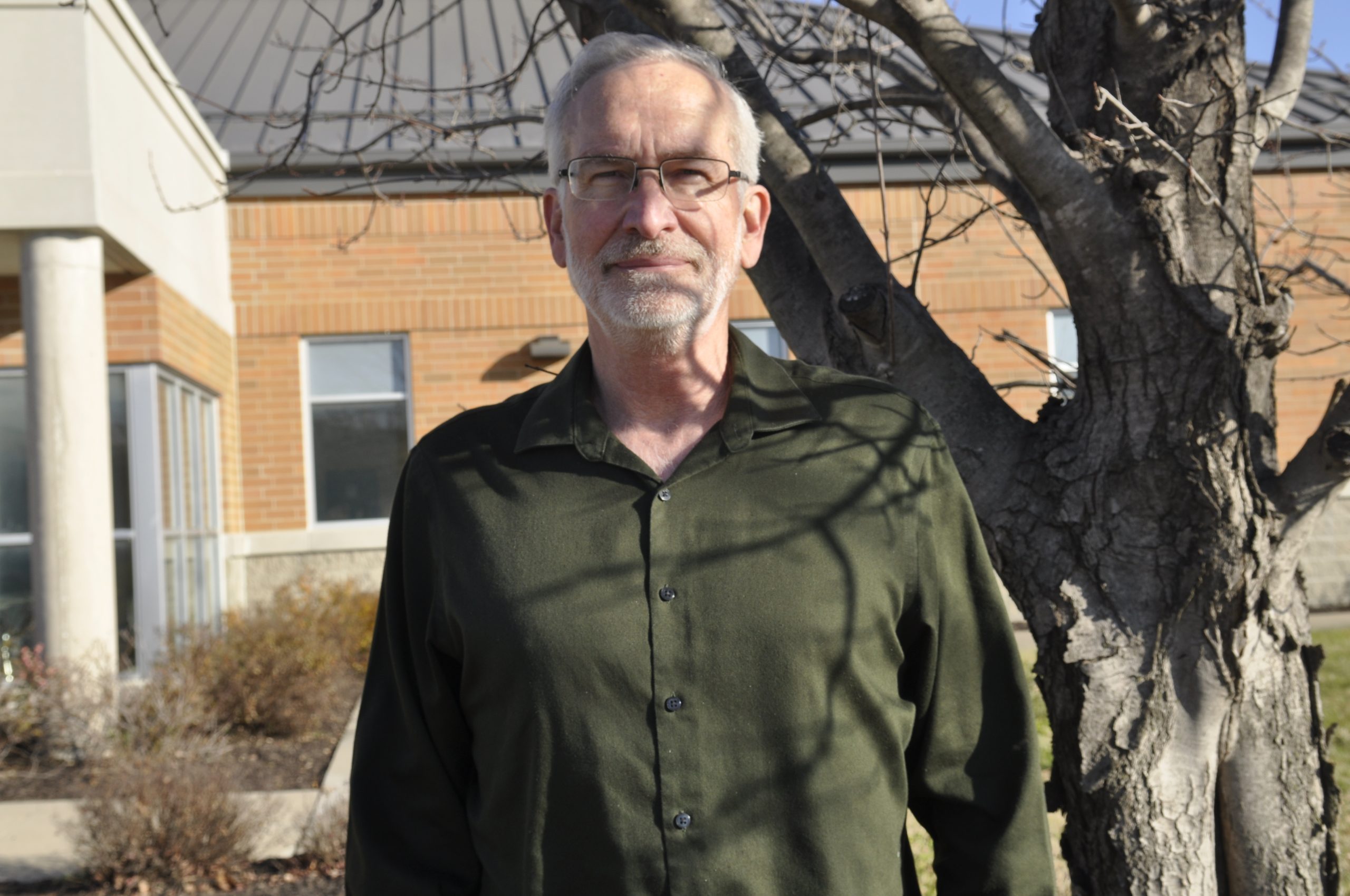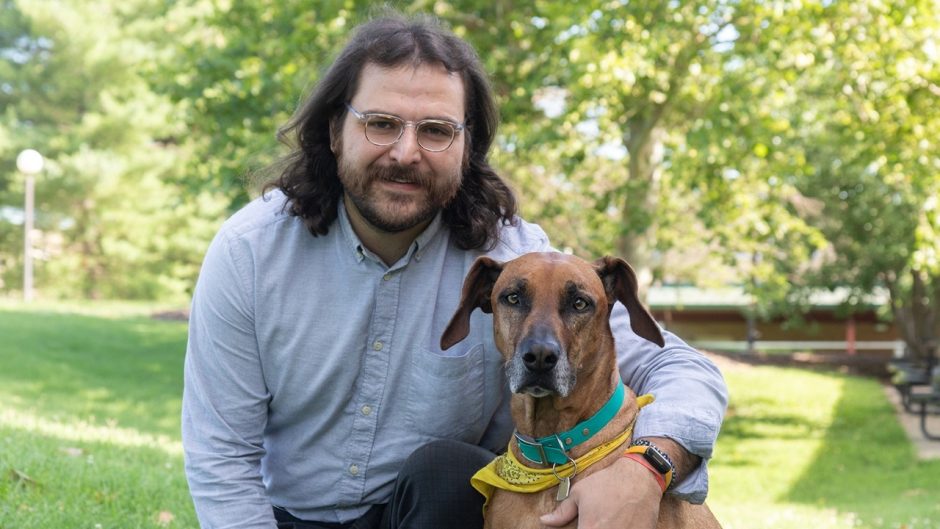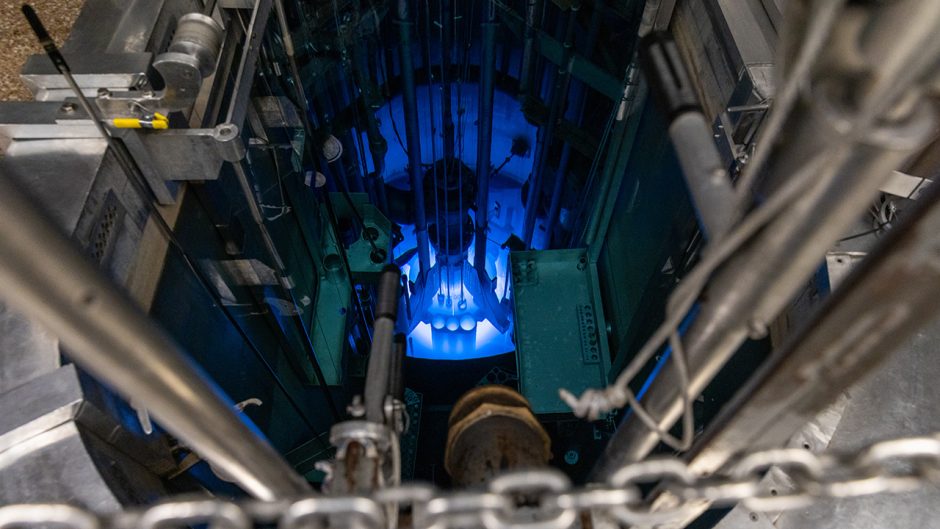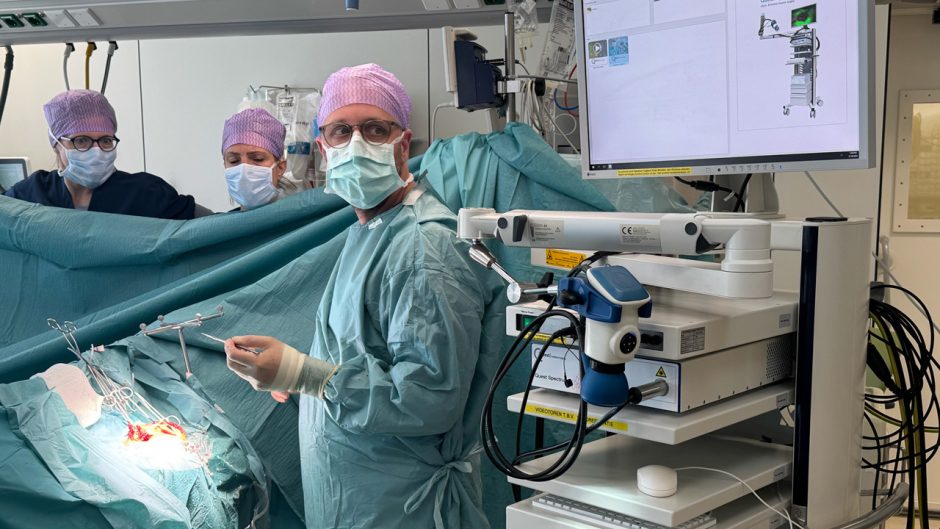Dec. 14, 2021
Contact: Kenny Gerling, gerlingk@missouri.edu
In late October, global headlines announced surgeons in New York City had successfully connected a pig kidney to a human recipient. The news offered hope that pig-to-human organ transplants could help thousands of patients waiting on transplant lists.
Missed in much of the coverage was that the breakthrough technology enabling the procedure was pioneered nearly 20 years ago by Randall Prather, a Curators Distinguished Professor and director of the National Swine Resource and Research Center (NSRRC) at the University of Missouri.
Though the surgery was a direct result of his innovation, Prather said he heard the news like everyone else. “Someone sent me a link,” he said with a laugh.
For decades, Prather has been on the cutting-edge of genetically modifying pigs to prevent diseases that threaten both swine and human populations. Now, as the technology moves into new terrain and even wider public attention, Prather is still hard at work finding ways to use his breakthroughs to save lives.
Knockout pigs
In the early 2000s, Prather and collaborators pioneered what became known as “knockout” pigs. Using gene editing technology, Prather removed — or, knocked out — a molecule on the surface of a pig’s cell.
“It was the first example of knocking out a gene in large domestic animals,” Prather said. “To be able to do that then opened up the idea of knocking out other genes for other uses.”
This technique was eventually used to create pigs that were immune to diseases such as porcine reproductive and respiratory syndrome virus (PRRSV), a devastating infection that worldwide costs producers millions of dollars per day.
Over the years, Prather’s research has received national coverage from big names such as the “Today” show and “The Daily Show with Jon Stewart.” It’s also been embraced by fellow researchers who use pigs from Prather’s lab at MU to study numerous human ailments, including cystic fibrosis, diabetes and cardiovascular disease.
“Pigs have a lot of similarities with humans in terms of physiology and anatomy,” said Prather, who noted that the biological likeness makes them helpful for studying many different illnesses. “The plumbing and shape of the organs are the same. If you look at the cardiovascular system, modeling things in the pig actually results in discoveries that translate to humans.”
A lifesaving legacy
For the surgery in New York City, a pig was developed — using technology licensed from MU — without the molecule that would usually cause a person’s antibodies to attack and reject the organ. The surgery showed that the attached kidney could survive for at least 54 hours, an important first step in developing viable transplants.
“If you take a pig organ and transfer it into a primate, you get something called hyperacute rejection — there is a molecule that sticks up on the cell’s surface that is put there by an enzyme that is made by a gene,” he said. “What we did is go in and mess up the sequence of that gene so that the enzyme doesn’t get made and the molecule doesn’t get put on the cell surface.”
Kristin Whitworth, MU associate director of research activities and a colleague of Prather’s, said his work creating pig organs resistant to hyperacute rejection has had a profound impact on their field. “Dr. Prather has led the science behind using pigs in xenotransplantation for years,” she said, referring to the practice of using animal tissue and organs in human recipients.
Prather cautioned that there is still a long way to go before pig-to-human transplants could become routine. “After overcoming hyperacute rejection, you see all sorts of other problems that crop up,” he said, specifically citing another danger called acquired immunity, where the body rejects an organ days later.
But he acknowledged that the recent procedure was still an important milestone. “They showed they can get over the hyperacute rejection, and that was their goal,” he said. “Now you have to see what we need to add on top of that to prevent some of these other types of rejection.”
Leading the world
Prather’s longtime work in pig genetics has helped make MU one of the only sources of genetically edited pigs and has made his lab an important resource for researchers from a variety of fields.
“Our National Swine Resource and Research Center serves as a core NIH center,” said Prather.
Whitworth noted their work has a broad impact across the research community. “With the aid of NIH funding, the National Swine Resource and Research Center can provide these pig models to transplant surgeons all over the United States,” she said.
Prather said he’s happy to see how people have taken his work and found new and expanded applications.
“This has set the stage for all kinds of advances in medicine,” Prather said, citing research groups in Japan, China and Germany that are developing organs for human transplants. “We’re one of the core facilities around the world for doing these genetic modifications."



![062625_CEI Aerial View_email-cropped[29] (1)](https://showme.missouri.edu/wp-content/uploads/2025/06/062625_CEI-Aerial-View_email-cropped29-1-940x529.jpg)

